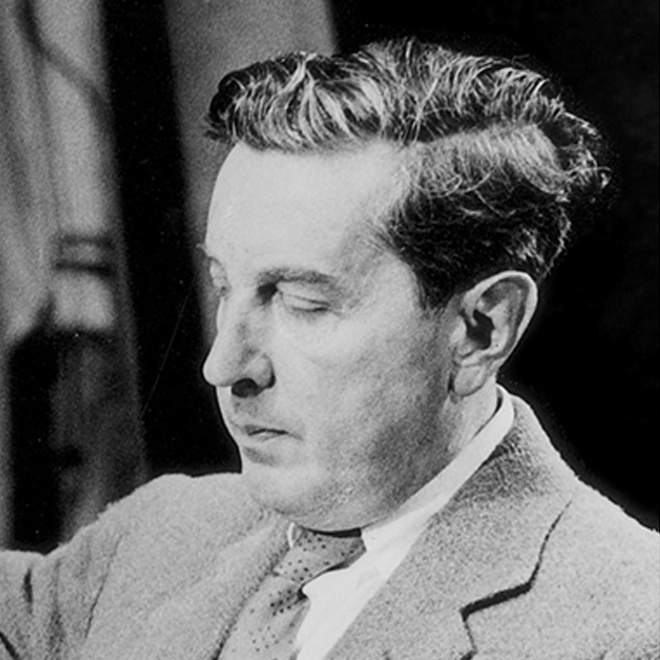
Biographie
Choreographer, Rhapsody
Founding choreographer of The Royal Ballet, Frederick Ashton (1904 – 1988) was one of the most influential dance figures of the 20th century. In his work with the company, he developed the distinctive ‘English style’, and left a vast corpus of works that are regularly performed by The Royal Ballet and companies around the world, among them La Fille mal gardée, Marguerite and Armand and Symphonic Variations.
Ashton was born in Ecuador and saw his first ballet when Anna Pavlova performed in Lima in 1917, later claiming ‘from the end of that evening I wanted to dance’. In England, Ashton was tutored by Léonide Massine and made his choreographic debut for Marie Rambert in 1926. After working with Rambert and Ida Rubinstein, in 1935 he was appointed Resident Choreographer of Vic-Wells Ballet (later The Royal Ballet) by Ninette de Valois. With de Valois, Ashton played a crucial role in determining the course of the company and The Royal Ballet School. In 1963, he took over from de Valois as Director of the company and in addition to choreographing, introduced several significant works, including Bronislava Nijinska’s Les Noces and George Balanchine’s Serenade, and commissioned Kenneth MacMillan’s Romeo and Juliet. He retired in 1970 but continued to choreograph throughout his life, producing his last major work, Rhapsody, in 1980.
Ashton’s style is distinctive for its épaulement (the way the head and shoulders are held) and fleet footwork. All his works combine elegance with breathtaking technical demands.
Reproduced by kind permission of the Royal Opera House, London
